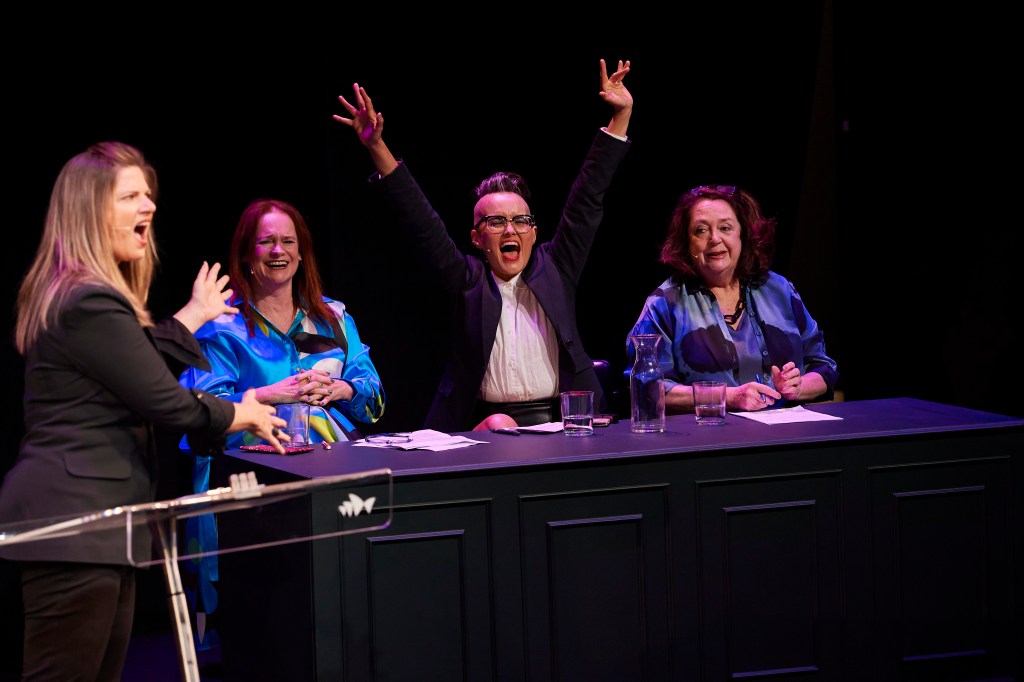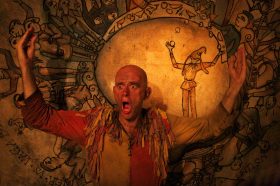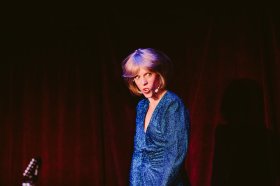Today (20 October) marks 50 years since Queen Elizabeth II opened the Sydney Opera House in 1973. By all accounts, the construction of the Opera House was an unlikely miracle made possible by four premiers, two architects, almost two decades and $102 million (approximately $1 billion in current terms).
The Opera House was Australia’s first crowd-sourced cultural space, partly funded by the Sydney Opera House Lottery, which raised $102 million (and sold 86.7 million tickets) between 1957 and 1986. Many Australians would be surprised to learn that it was largely funded by gambling. As was the case with Tasmania’s Mona (Museum of Old and New Art), built on founder David Walsh’s winnings in the early 2000s.





